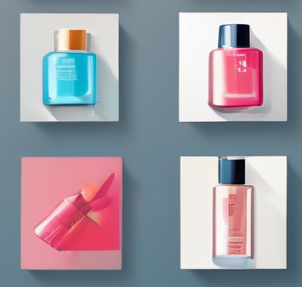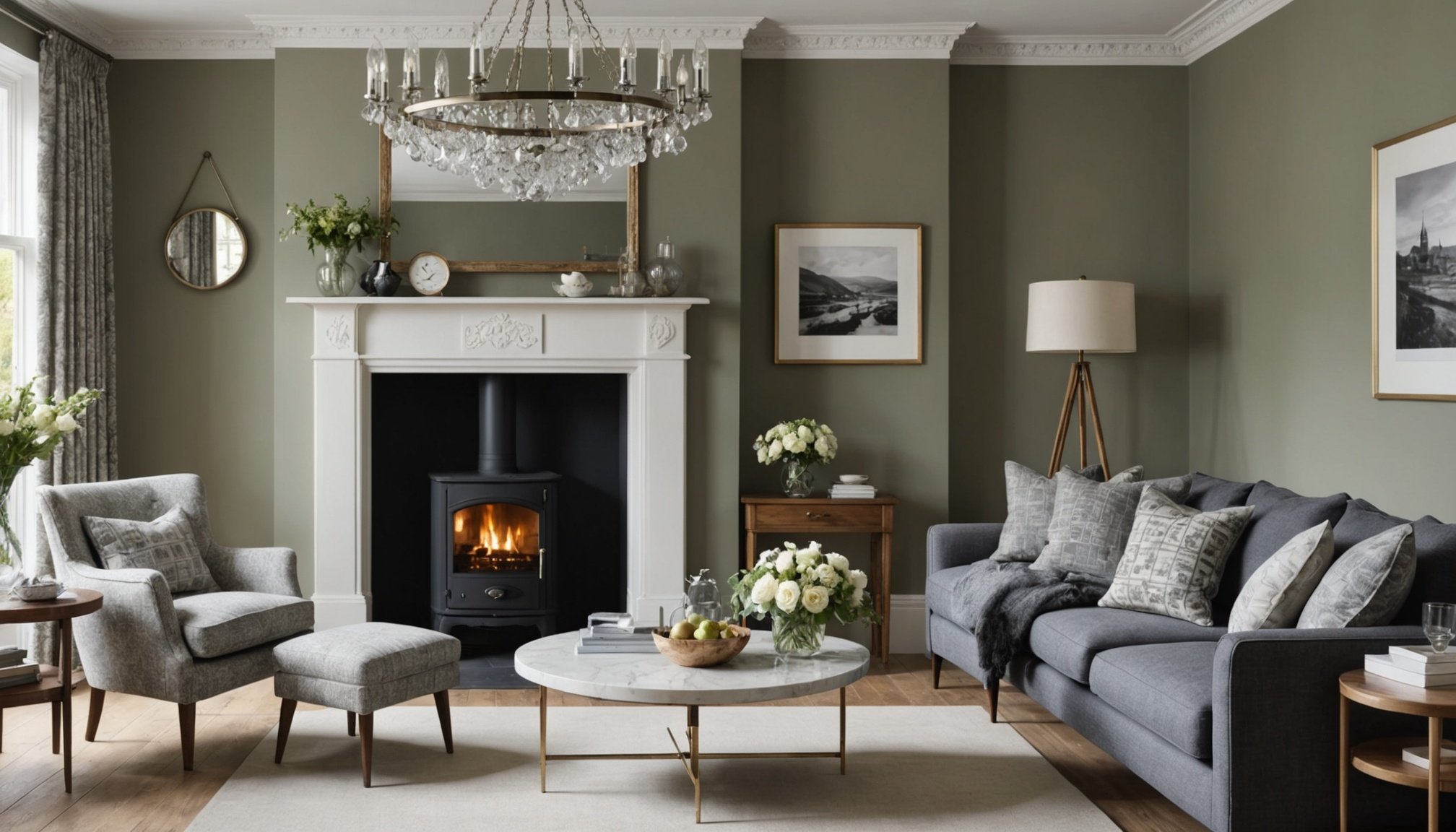Understanding Classic Welsh Designs
Classic Welsh design beautifully intertwines traditional aesthetics with deep-rooted cultural influences. One of the most notable elements of Welsh design is its rich history, which includes an array of symbolic patterns and textiles. These textiles are not just decorative; they carry stories and meanings passed down through generations, reflecting the values and traditions of Welsh culture.
The cultural influences driving these designs are heavily derived from the natural Welsh landscape. Rolling hills, lush greenery, and rugged coastlines often inspire the colours and motifs found in traditional patterns. These elements are seamlessly woven into the fabrics, creating a visual representation of the environment.
Also to read : Your Essential Handbook for Selecting Stylish and Functional Rainwear for Those Drizzly UK Days
Patterns such as Welsh blankets and quilts are iconic and embody the essence of classic Welsh design. They demonstrate how the natural surroundings influence the design choices, with their use of earth tones and intricate weaves that mimic the textures found in nature.
While the designs are deeply rooted in tradition, they remain timeless, offering a rich cultural tapestry that continues to inspire and captivates modern audiences. Embracing these elements in decor adds an organic aesthetic steeped in cultural richness.
In the same genre : Autumn Fashion Revamp: Master the Art of Styling Heeled Booties with Midi Skirts in the UK
Contemporary Elegance in Design
The world of modern aesthetics thrives on contemporary trends, offering a sleek, minimalist approach to design. A significant characteristic of this style is the focus on clean lines and simplicity, favouring function over elaborate decoration. This approach allows for spaces that feel both spacious and efficient, utilising every element with purpose.
Popular colour palettes in contemporary settings often include neutral shades, such as grey, white, and beige, accented with bold, contrasting colours like navy or black for depth and interest. Incorporating natural materials, like wood or stone, adds warmth and texture to these otherwise sparse environments.
A growing emphasis on sustainability and eco-friendly practices is transforming how we view contemporary styles. Many design choices now reflect this ethos, from using recycled materials to incorporating energy-efficient solutions. These considerations not only benefit the environment but also add a layer of responsibility and mindfulness to modern living spaces.
Embracing these elements in home decor allows for a harmonious blend between aesthetics and practical living, ensuring that the spaces remain stylish yet adaptable to the needs of today’s environmentally-conscious homeowner. This fusion of style and responsibility embodies the essence of contemporary elegance.
Merging Classic and Modern Styles
Blending style fusion of traditional Welsh and modern aesthetics creates a captivating, eclectic decor. This fusion harmonises cultural influences with contemporary trends, offering unique design opportunities.
Tips for Blending Styles
Balancing traditional and modern elements starts with selecting a few standout pieces from each style. Infusing Welsh traditional aesthetics with minimalist decor can create a visually appealing contrast. Opt for a dominant style to maintain coherence, using the other as an accent. For instance, a Welsh quilt serves as a glorious focal point on a modern bed, introducing warmth and history.
Choose natural materials that bridge these designs. To combine eclectic decor, blend earthy textures from the Welsh landscape with sleek finishes. Integrate plants or wood elements to harmonise this mix, creating a serene and contemporary space.
Visual Inspirations
Fashion offers rich examples of this fusion, showcasing Welsh heritage through bold prints and fabrics within minimalist cuts. In home decor, explore style fusion by mixing traditional patterns in modern settings, using throws or rugs as visual anchors. Study artworks by designers blending Welsh motifs into contemporary pieces for inspiration on achieving a seamless merging in your space.
Experiencing this bridging traditions in person can inspire and inform your home design choices, sparking creativity and providing tangible examples of successful integrations.
Practical Applications in Home Decor
Incorporating the fusion of interior design with elements from both classic Welsh and modern aesthetics can elevate your space with unique character and style. A room-by-room approach ensures each area reflects both styles’ essence.
In the living area, begin with choosing a dominant style to guide the design narrative. For example, an elegant Welsh blanket draped over a sleek minimalist sofa provides a stunning focal point without overwhelming the space. This balance can seamlessly introduce cultural influences into a contemporary setting.
When selecting furniture and accessories, prioritize pieces that embody functionality and artistic charm. Look for items crafted from natural materials prevalent in both styles, such as wood or stone, which offer a tactile connection to Welsh heritage and modern simplicity. Accessories like pottery and woven art can bridge these design influences.
Lastly, using art and textiles effectively transforms spaces into a visual narrative of combining elements. Opt for textile art that echoes the Welsh landscape’s earthy tones or modern art pieces with minimalist design. This blend not only enriches the decor but also tells a story of timeless elegance and innovation.
Fashion and Arts Influences
Welsh fashion fusion is gaining momentum, beautifully merging traditional motifs with contemporary styles to create stunning wearable art. In modern contexts, designers are integrating these motifs into clothing, accessories, and even shoes, showcasing the rich heritage of artistic expression in innovative ways.
Exploring this fashion fusion allows designers to reinterpret classic Welsh patterns, like plaid or woven designs, into modern silhouettes. Clothing lines often feature signature Welsh print accents or textures layered subtly within sleek cuts. This not only pays homage to Welsh culture but also brings a unique storytelling element to everyday wear.
In the arts, a similar evolution is visible, with artists incorporating traditional Welsh motifs into their contemporary works. Their canvases and installations often draw upon Wales’ natural landscapes, using earthy colour palettes and textures to bridge past and present. This convergence has reinvigorated interest in Welsh crafts, sparking fresh collaborations and exhibitions showcasing this dynamic blend.
The transformation of these crafts into the modern art scene underscores the adaptability and timelessness of Welsh influences. As these elements continue to inspire global audiences, they reinforce the significance of cultural heritage in contemporary design narratives.
Resources and Further Inspiration
For an immersive dive into Welsh design and aesthetics, several key platforms and community events serve as exceptional resources. Online portals such as design forums or digital galleries offer a vast array of inspiration sources tailored to both enthusiasts and professionals interested in this unique fusion of styles. These platforms provide access to a wealth of visuals and expert commentary, making them invaluable for conceptual development.
Community forums play a pivotal role in promoting traditional craftsmanship while embracing modern fusion trends. Participating in these communities can encourage creative dialogue and collaboration among like-minded individuals passionate about Welsh design’s heritage and evolution. Events like workshops and exhibitions allow participants to engage with the design resources firsthand, often featuring live demonstrations and talks from industry experts.
For those seeking further exploration, recommended readings delve into the intricacies of cultural influences within Welsh design and its broad implications in contemporary settings. Visual resources, like curated photo essays or documentaries, offer a profound look into how these styles continue to captivate and inspire modern creators globally. By tapping into these resources, one can deepen their understanding and appreciation of this compelling design narrative.











